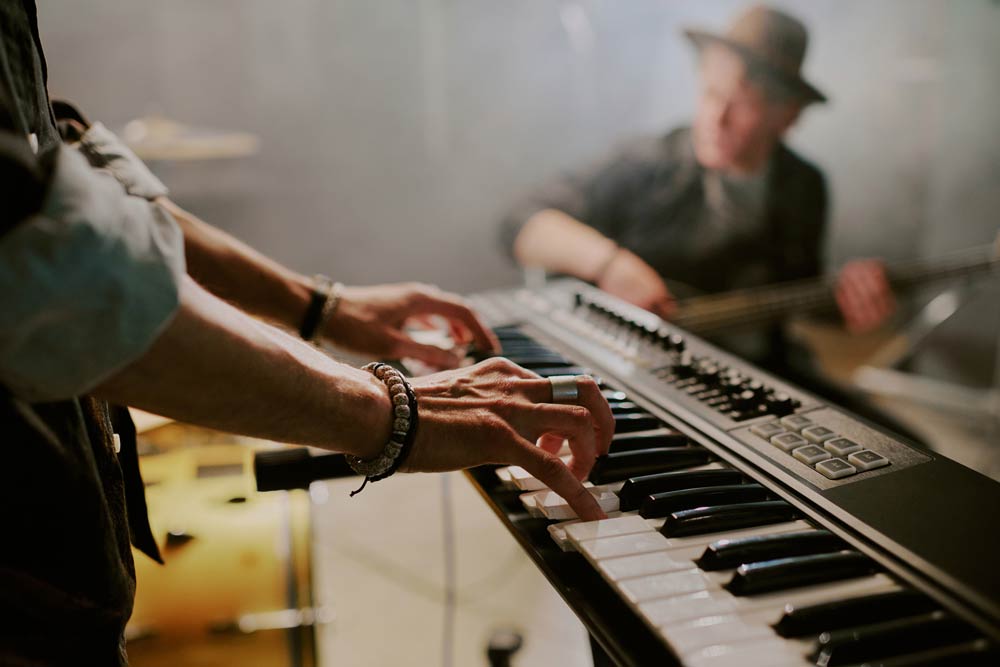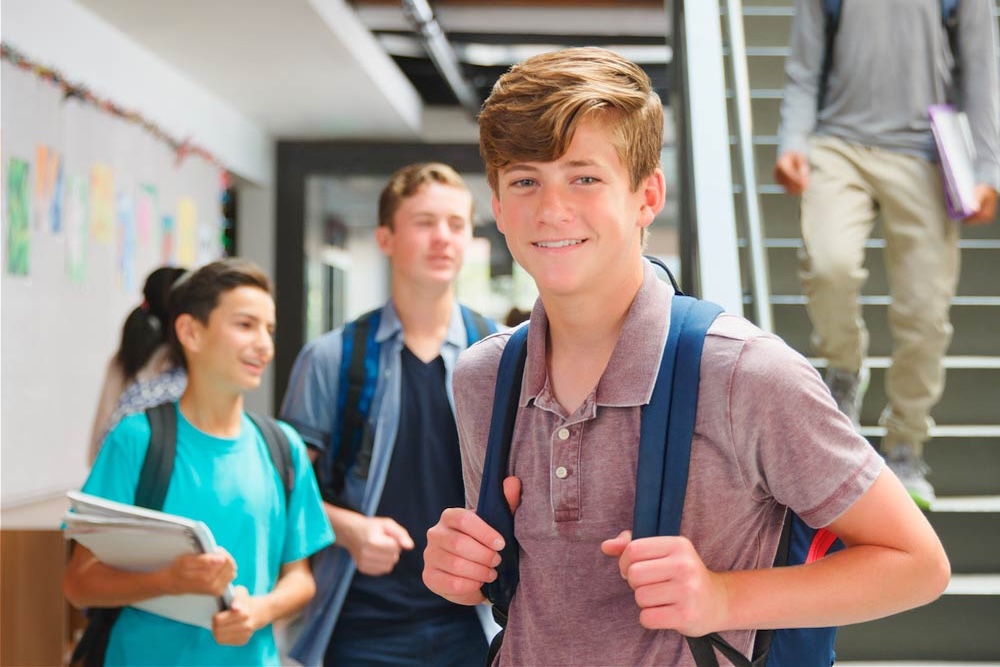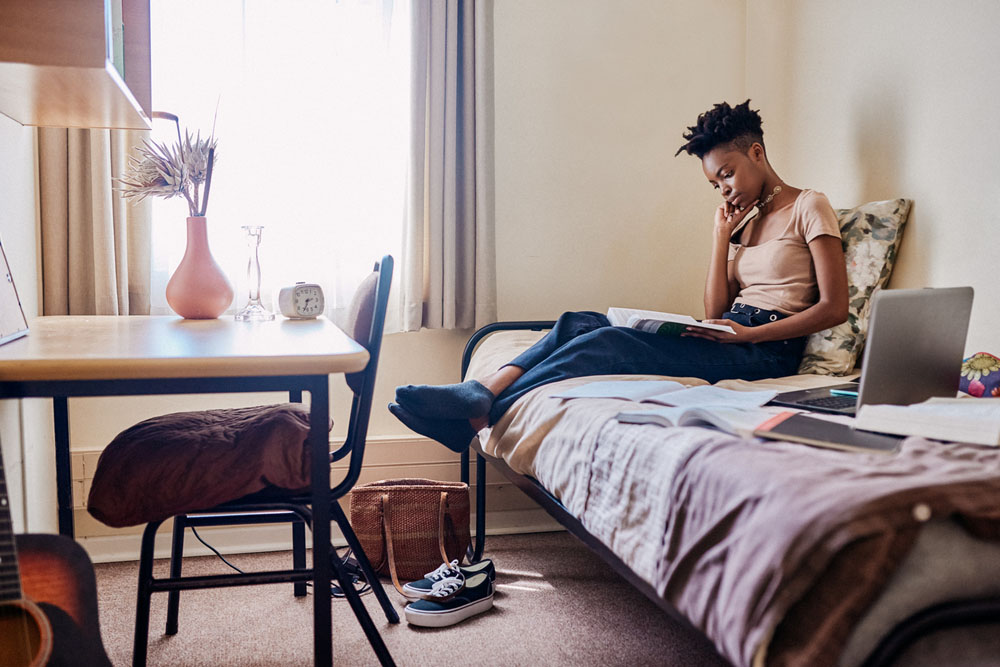The Benefits of Creative Outlets Like Music and Art

Discover tips, treatment options, and support strategies from the Finding Focus Care Team

Last Update: July 14th, 2025 | Estimated Read Time: 8 min
Living with ADHD can be both a challenge and a creative opportunity. While much of the conversation focuses on executive dysfunction, inattention, and hyperactivity, many individuals with ADHD also have heightened creativity, intense emotions, and unique perspectives on the world. These strengths make creative outlets, like music, art, dance, and other expressive forms, not just enjoyable, but profoundly therapeutic.
This article explores how creative pursuits such as music and visual art can serve as powerful tools to improve mood, emotional regulation, self-esteem, and overall wellness in people with ADHD. Whether you're a parent supporting a child, a teen looking to better understand yourself, or an adult exploring new coping strategies, creative expression offers tangible benefits worth embracing.
Why Creativity Resonates with ADHD
People with ADHD often think in non-linear ways, experience rich inner worlds, and feel emotions deeply. These traits can sometimes create friction in traditional academic or work environments, but they are a perfect match for artistic pursuits. In fact, studies suggest that creative thinkers, especially those engaged in divergent thinking, share many traits with individuals diagnosed with ADHD (White & Shah, 2006).
Divergent thinking refers to the ability to generate many different ideas or solutions to a problem. It’s a cognitive style common in artists, musicians, writers, and designers. Importantly, this way of thinking overlaps with ADHD-related traits such as:
- Non-traditional problem solving
- High energy and spontaneous thinking
- A tendency to hyperfocus on interests
- Sensitivity to emotions and sensory input
These characteristics help explain why so many with ADHD gravitate toward creative hobbies, and why these outlets offer deep, lasting rewards.
Music and the ADHD Brain
Music, with its rhythm, structure, and emotional resonance, engages the ADHD brain in a unique way. Listening to music or learning an instrument can provide sensory stimulation, support working memory, and even help with emotional regulation.
Benefits of Music for Individuals with ADHD
1. Improved Focus and Attention
Listening to music, especially rhythmic, non-lyrical styles, can help some people with ADHD concentrate better. The predictable beat can serve as a scaffolding structure, creating an external rhythm that supports internal regulation.
2. Mood Regulation
Music activates the limbic system, the brain’s emotional centre. A carefully selected playlist can help elevate mood, reduce anxiety, or create a calm mental state before tasks that require focus.
3. Encourages Routine and Discipline
Learning an instrument requires practice, structure, and patience, skills that many people with ADHD find difficult to cultivate in other areas. However, because the process is enjoyable and rewarding, it becomes a built-in tool for developing executive functioning skills.
4. Emotional Expression
For individuals who struggle to name or regulate their feelings, music becomes a language of emotion. Whether writing lyrics, composing melodies, or simply playing by ear, the act of creating music validates emotional experiences.
A study by Thoma and colleagues (2013) found that engaging with music can significantly reduce cortisol levels (a stress hormone), while also improving subjective well-being in both children and adults, an effect especially beneficial for emotionally reactive individuals with ADHD.
Visual Art: A Canvas for Inner Worlds
Artmaking is another powerful creative strategy that promotes mindfulness, self-reflection, and stress reduction. Whether it's drawing, painting, or sculpting, engaging in visual art allows the ADHD mind to channel its emotional intensity and sensory sensitivity into something tangible.
Key Benefits of Visual Art for ADHD
1. Mindfulness Through Making
Art promotes a meditative state known as "flow", where time seems to vanish, and attention is fully focused. Achieving a flow state boosts dopamine, the same neurotransmitter often deficient in ADHD brains.
2. Non-Verbal Emotional Processing
Not everyone finds it easy to articulate how they feel. Art therapy research shows that visual expression allows individuals with ADHD to process complex emotions, like frustration, shame, or joy, without relying on words.
3. Supports Motor Skills and Planning
Engaging with art materials helps refine fine motor skills and hand-eye coordination, while also exercising planning and sequencing skills, especially when working on multi-step projects.
4. Boosts Self-Esteem
Completing an artwork, regardless of skill level, can foster a sense of pride, competence, and identity. This is especially important for those who often receive more criticism than praise in school or social settings.
Scientific Support: What the Research Says
Creative interventions are not just “feel-good” suggestions, they are backed by scientific studies exploring their impact on mental health and neurodevelopmental disorders like ADHD.
1. Music and Executive Functioning
A 2020 study published in Frontiers in Psychology found that music training improved inhibition, working memory, and attention in children with ADHD (Frischen et al., 2020). These are core executive functions typically impaired in ADHD, suggesting that music can be a meaningful adjunctive therapy.
2. Art Therapy and Emotional Regulation
Research published in Art Therapy: Journal of the American Art Therapy Association indicated that structured art therapy sessions reduced impulsivity and emotional dysregulation in adolescents with ADHD (Bitonte, 2014). These findings underscore art’s potential to act as both a regulatory and expressive medium.
3. Music for Stress and Cortisol Regulation
Thoma et al. (2013) demonstrated that music listening reduced cortisol levels and improved mood, helping to buffer the stress response. This is critical for ADHD individuals who often experience heightened stress from environmental demands.
4. Flow and the ADHD Brain
The concept of “flow” has particular relevance for ADHD. Activities that promote flow are intrinsically motivating and neurologically rewarding. Creative pursuits like drawing, painting, or composing music reliably induce flow states, providing both pleasure and cognitive regulation.
Tips to Incorporate Creativity into Everyday Life
You don’t have to be a “musician” or “artist” to benefit from creativity. What matters most is finding an outlet that feels natural, energizing, and emotionally safe.
Here are a few ways to start:
- Try a Low-Stakes Art Journal: Use sketchbooks to doodle, paint, or collage without pressure to “perform.” Focus on the process, not the product.
- Create a Daily Music Ritual: Start the day with energizing beats or use calming music to transition into quiet time or study sessions.
- Use Art or Music as a Cool-Down Tool: Keep a simple art kit or instrument nearby to use after emotionally intense situations or meltdowns.
- Take Community Classes: Many local centres offer low-cost or free classes in creative expression, great for both skills building and social engagement.
- Mix Movement with Music: Dance, drumming, and other physical expressions are especially effective for those with hyperactivity.
When to Seek Professional Support
If your child, teen, or you as an adult are navigating ADHD and are unsure where to begin with creativity, support from art or music therapists can help. These professionals use structured activities tailored to ADHD profiles, offering a safe space to explore emotions, build executive skills, and process internal experiences.
You may also consider:
- ADHD coaching programs that integrate creative strategies
- Group art therapy sessions, especially for adolescents
- Music instruction from neurodiversity-affirming educators
Final Thoughts: Creativity as Care
Living well with ADHD isn’t just about managing symptoms, it’s about building a life that embraces strengths, honours emotional needs, and creates meaningful daily rhythms. Music and art offer more than just an escape; they are routes to self-discovery, confidence, and resilience.
Whether through the rhythm of a favourite song, the calming swirl of a paintbrush, or the joy of creating something uniquely your own, these outlets remind us that there is no one way to thrive with ADHD. Creativity is not a luxury, it’s a form of care.
Finding Focus Care Team
We are a group of nurse practitioners, continuous care specialists, creators, and writers, all committed to excellence in patient care and expertise in ADHD. We share content that illuminates aspects of ADHD and broader health care topics. Each article is medically verified and approved by the Finding Focus Care Team. You can contact us at Finding Focus Support if you have any questions!
References
Bitonte, R. A., & De Santo, M. (2014). Art Therapy: An Underutilized, yet Effective Tool. Mental illness, 6(1), 5354. Link
Frischen, U., Schwarzer, G., & Degé, F. (2020). Comparing the Effects of Rhythm-Based Music Training and Pitch-Based Music Training on Executive Functions in Preschoolers. Frontiers in Psychology, 11, 1377. Link
Thoma, M. V., Ryf, S., Mohiyeddini, C., Ehlert, U., & Nater, U. M. (2013). Emotion regulation through listening to music in everyday situations. Cognition and Emotion, 27(3), 534–543. Link
White, H. A., & Shah, P. (2006). Uninhibited imaginations: Creativity in adults with ADHD. Personality and Individual Differences, 40(6), 1121–1131. Link





